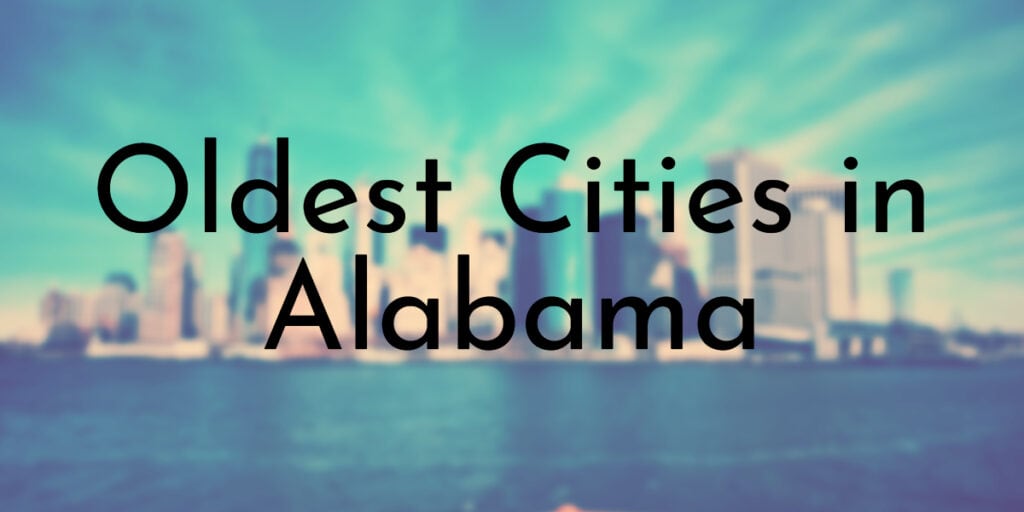Alabama is a state steeped in history, with roots tracing back to the early days of the United States. The state is home to some of the oldest cities in the country, with a rich cultural heritage and a unique sense of place that has been shaped by centuries of settlement and development. We will explore the unique architecture, cultural traditions, and historical landmarks that make each of these cities a fascinating destination for anyone interested in history, culture, or just exploring new places.
In this article, we will take a closer look at 10 of the oldest cities in Alabama. From Mobile, founded by the French in 1702, to Athens, which dates back to the early 19th century, each of these cities has a story to tell about the people, events, and movements that have shaped Alabama’s past and present.
10. Tallassee
Year Founded: 1835
Land Area: 31.57 km
Elevation: 119 m
Population as of 2023: 4,824
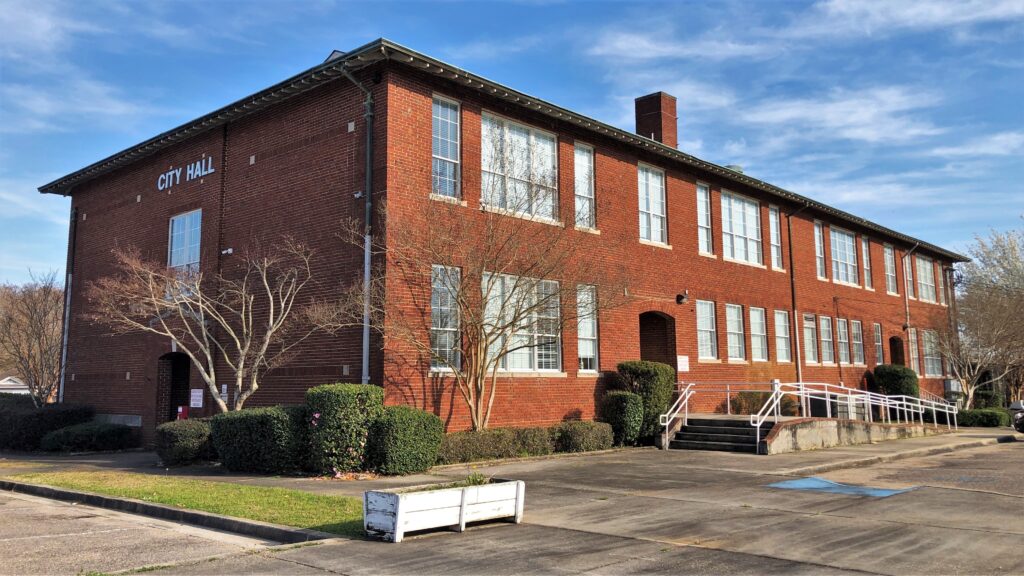
Tallassee is a small city located in central Alabama, with a rich history dating back to its founding in 1835. The city has a land area of 31.57 square kilometers and an elevation of 119 meters, providing beautiful views of the surrounding countryside. Tallassee was founded on the banks of the Tallapoosa River, which provided a valuable source of water for early settlers and helped fuel the growth of the city’s economy. Over the years, Tallassee has been home to a variety of industries, including textile manufacturing and paper production.
Today, Tallassee is a thriving community with a population of 4,824 people as of 2023. The city is known for its beautiful parks, excellent schools, and a strong sense of community spirit. Visitors to Tallassee can enjoy exploring historical sites such as the Tallassee Mills, which played a pivotal role in the city’s early development, or taking a scenic walk along the banks of the Tallapoosa River.
Did You Know?
Tallassee is home to the oldest hydroelectric dam still in use in the United States. The Tallassee Dam was built in 1914 and still generates electricity today.
9. Florence
Year Founded: 1826
Land Area: 69.23 sq. km.
Elevation: 185 m
Population as of 2023: 40,194
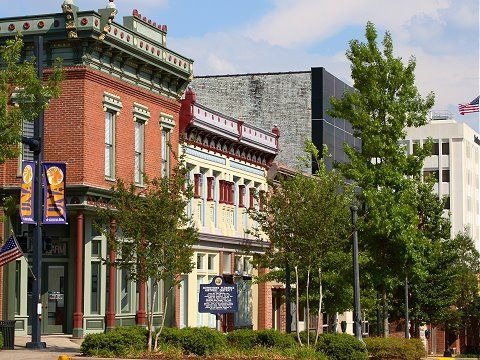
Florence is a vibrant city located in northwestern Alabama, with a rich history dating back to its founding in 1826. The city covers an area of 69.23 square kilometers and has an elevation of 185 meters, providing stunning views of the surrounding landscape. The city is located near several state parks and wildlife management areas, providing plenty of opportunities for hiking, fishing, and other outdoor activities.
Florence is known for its thriving arts and culture scene, with a number of galleries, museums, and performance venues located in the city. The city is also home to the University of North Alabama, a top-ranked public institution that has been recognized for its strong academic programs and commitment to community service. As of 2023, Florence has a population of 40,194 people, making it one of the largest cities in the state.
Did You Know?
Visitors to Florence can enjoy exploring historical sites such as the Pope’s Tavern Museum, which was once a popular stop for travelers on the Natchez Trace, or taking a scenic stroll through the beautiful Florence Downtown Historic District.
8. Decatur
Year Founded: 1826
Land Area: 157.6 sq. km.
Elevation: 181 m
Population as of 2023: 57,858
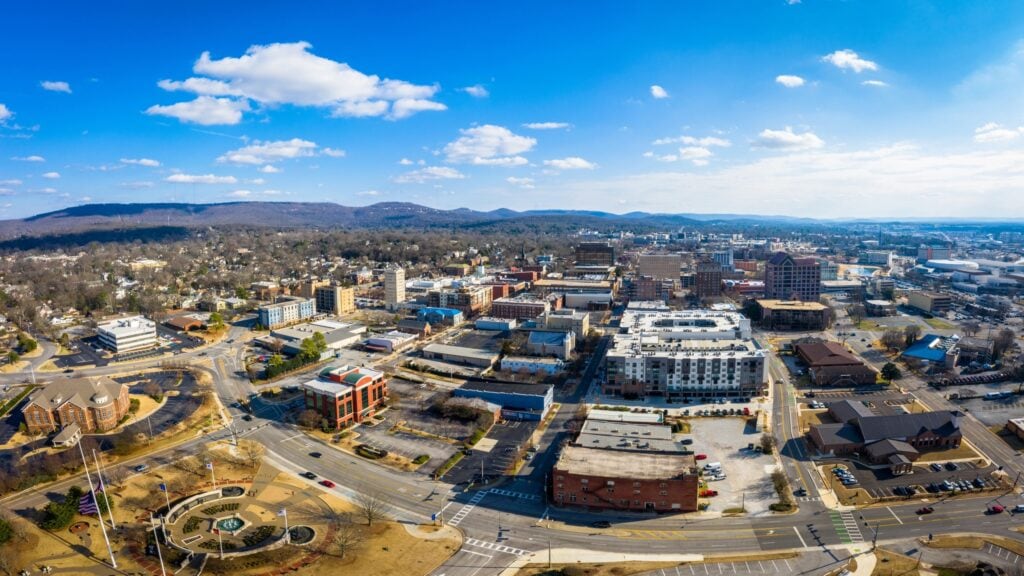
Decatur is a historic city located in northern Alabama, with a rich cultural heritage and a thriving economy. The city was founded in 1826 and covered an area of 157.6 square kilometers, with an elevation of 181 meters. As of 2023, Decatur has a population of 57,858 people, making it one of the larger cities in the state. The city is known for its strong manufacturing sector, with companies in industries such as aerospace, defense, and automotive playing a key role in the local economy.
In addition to its economic strengths, Decatur is also home to a number of cultural and recreational attractions. Outdoor enthusiasts will also appreciate Decatur’s proximity to several state parks and wildlife management areas, including the Wheeler National Wildlife Refuge and Point Mallard Park, which features a water park, golf course, and other recreational facilities.
Did You Know?
The city is home to several historic sites, including the Old State Bank and Cook’s Natural Science Museum, which features a variety of exhibits on natural history and geology.
7. Tuscumbia
Year Founded: 1820
Land Area: 23.98 sq. km.
Elevation: 130 m
Population as of 2023: 9,094
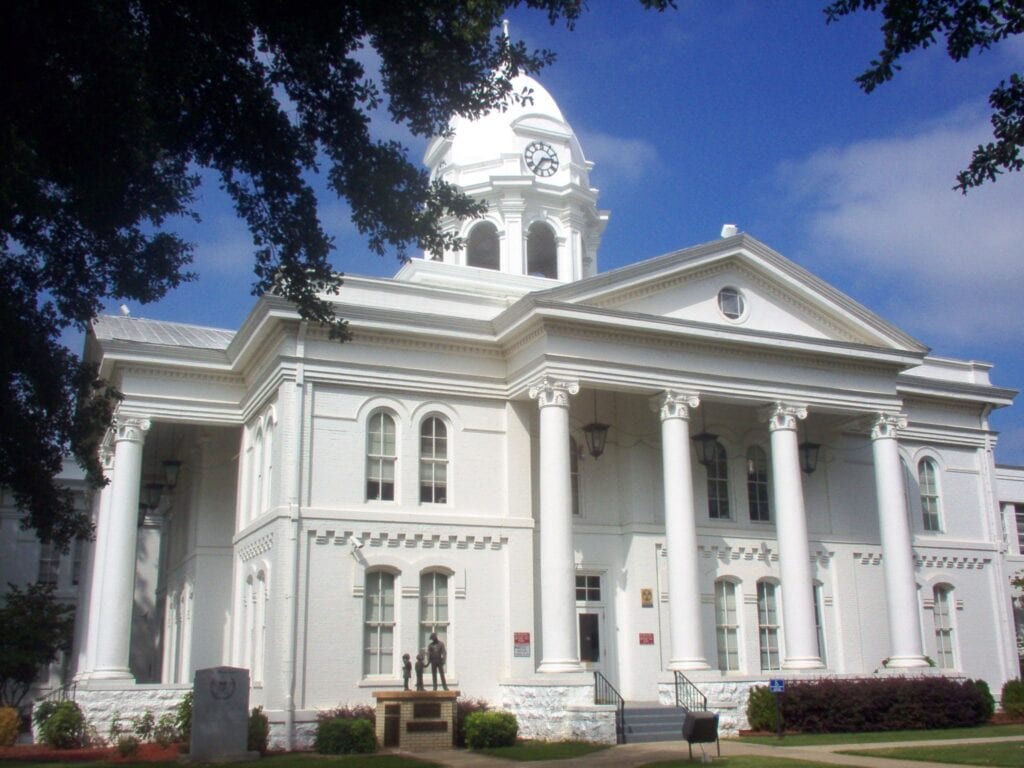
Tuscumbia is a charming city located in northwestern Alabama, with a rich history and a vibrant community. The city was founded in 1810 and played an important role in the Civil War, serving as a transportation hub for Confederate forces. One of the most famous residents of Tuscumbia was Helen Keller, the renowned author, activist, and advocate for the blind and deaf. Keller was born in Tuscumbia in 1880 and lived there for the first several years of her life.
Visitors to Tuscumbia can learn more about Keller’s life and legacy at the Helen Keller Birthplace and the Helen Keller Public Library. Tuscumbia is also home to a number of other historic sites, including the Colbert County Courthouse and the Alabama Music Hall of Fame, which features exhibits on the state’s rich musical heritage. The city is also located near several state parks and natural areas, providing plenty of opportunities for outdoor recreation.
Did You Know?
In recent years, Tuscumbia has seen a resurgence of interest in its downtown area, with a number of new businesses and restaurants opening in the area.
6. Russellville
Year Founded: 1819
Land Area: 35.02 sq. km.
Elevation: 233 m
Population as of 2023: 10,747
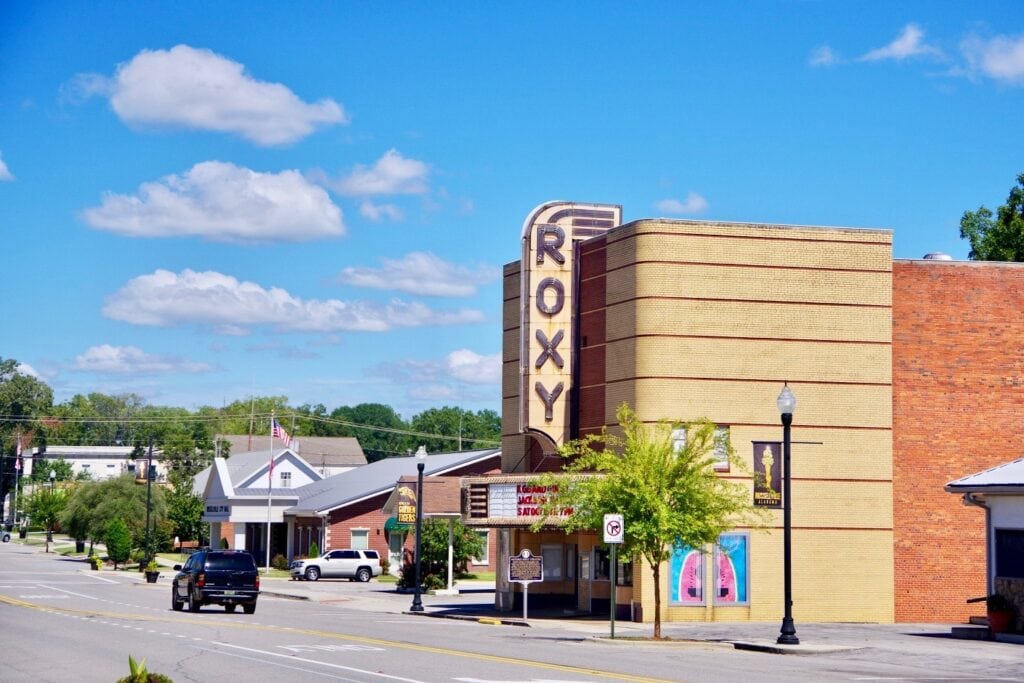
Russellville is a small city located in northwestern Alabama, with a population of approximately 10,000 people. The city was founded in the early 19th century and had a rich history, including a role in the Civil War as a site of a major battle. One of the main attractions in Russellville is the Dismals Canyon, a natural gorge and wilderness area that is home to a variety of plant and animal species.
Visitors can explore the canyon on hiking trails or take guided tours to learn more about the area’s ecology and history. Russellville is also located near several state parks and natural areas, including the William B. Bankhead National Forest and the Natchez Trace Parkway. Outdoor enthusiasts will appreciate the variety of opportunities for hiking, fishing, boating, and other activities in the surrounding area.
Did You Know?
Russellville is also known for its friendly and welcoming community, with a variety of events and festivals held throughout the year, including the Franklin County Watermelon Festival.
5. Tuscaloosa
Year Founded: 1819
Land Area: 186.5 sq. km.
Elevation: 68 m
Population as of 2023: 101,947
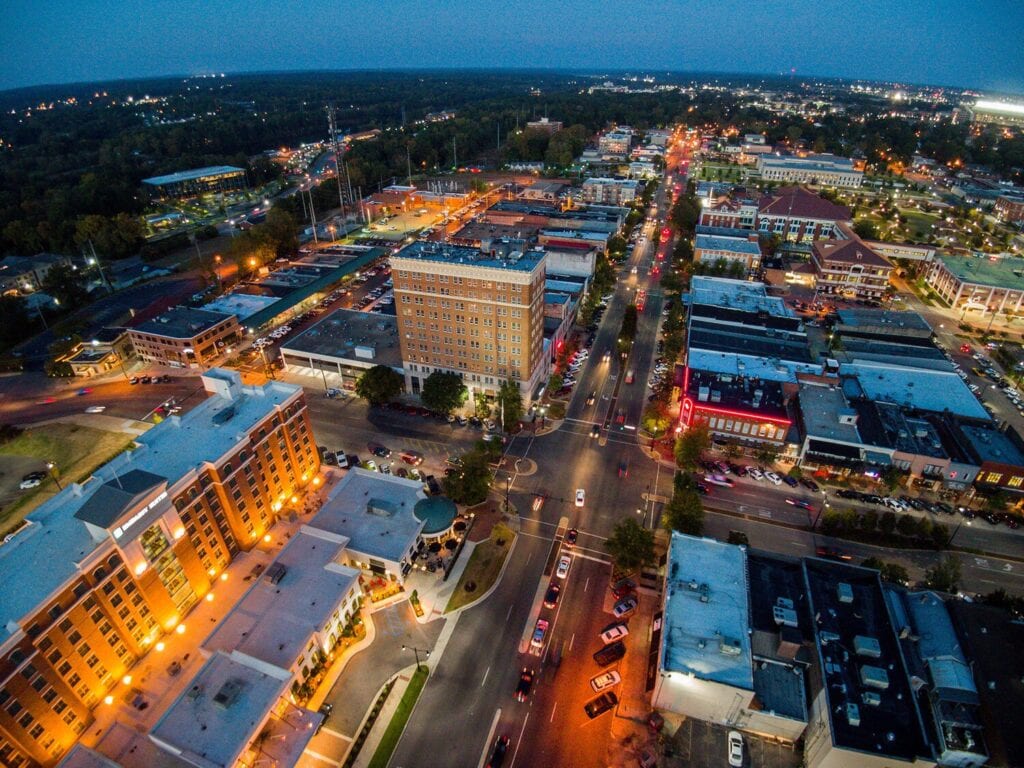
Tuscaloosa is a vibrant city located in central Alabama, with a population of approximately 100,000 people. The city is perhaps best known as the home of the University of Alabama, one of the largest universities in the state. Tuscaloosa has a rich history, dating back to its founding in the early 19th century. The city played a role in the Civil War, serving as the capital of the Confederate government in Alabama for a brief period. One of the main attractions in Tuscaloosa is the University of Alabama, which is located in the heart of the city.
Visitors can explore the beautiful campus, which features a variety of historic buildings and landmarks, including the Denny Chimes and the President’s Mansion. Tuscaloosa is also home to a number of other cultural attractions, including the Tuscaloosa Museum of Art and the Paul W. Bryant Museum, which features exhibits on the history of University of Alabama football.
Did You Know?
The city is also known for its thriving music scene, with a variety of venues and events showcasing local and regional talent.
4. Montgomery
Year Founded: 1819
Land Area: 420.3 sq. km.
Elevation: 73 m
Population as of 2023: 199,054
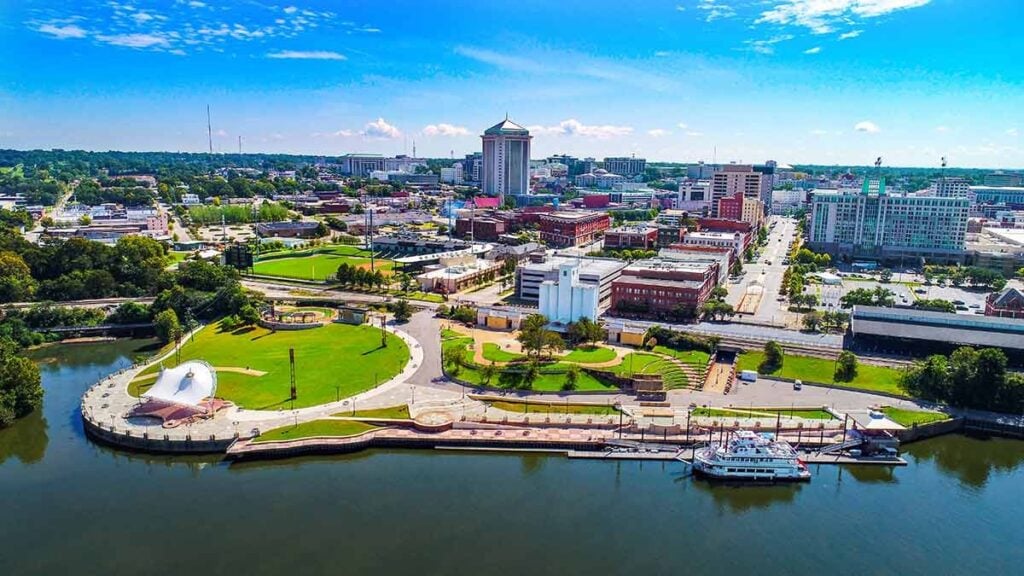
Montgomery is the capital city of the state of Alabama, located in the central part of the state along the Alabama River. With a population of approximately 200,000 people, it is the second-largest city in the state. Montgomery has a rich history, serving as an important center of the Civil Rights Movement in the 1950s and 1960s. The city is home to a number of significant landmarks and museums that highlight this history, including the Rosa Parks Museum, the Dexter Avenue King Memorial Baptist Church, and the National Memorial for Peace and Justice.
In addition to its historic sites, Montgomery is also known for its vibrant arts and culture scene, with a variety of museums, galleries, and performing arts venues. Outdoor enthusiasts will appreciate Montgomery’s proximity to several parks and natural areas, including the Montgomery Zoo, Blount Cultural Park, and the Alabama Riverfront.
Did You Know?
The Montgomery Museum of Fine Arts, the Montgomery Performing Arts Centre, and the Alabama Shakespeare Festival are just a few examples of the city’s cultural offerings.
3. Athens
Year Founded: 1818
Land Area: 105.9 sq. km.
Elevation: 202 m
Population as of 2023: 29,923
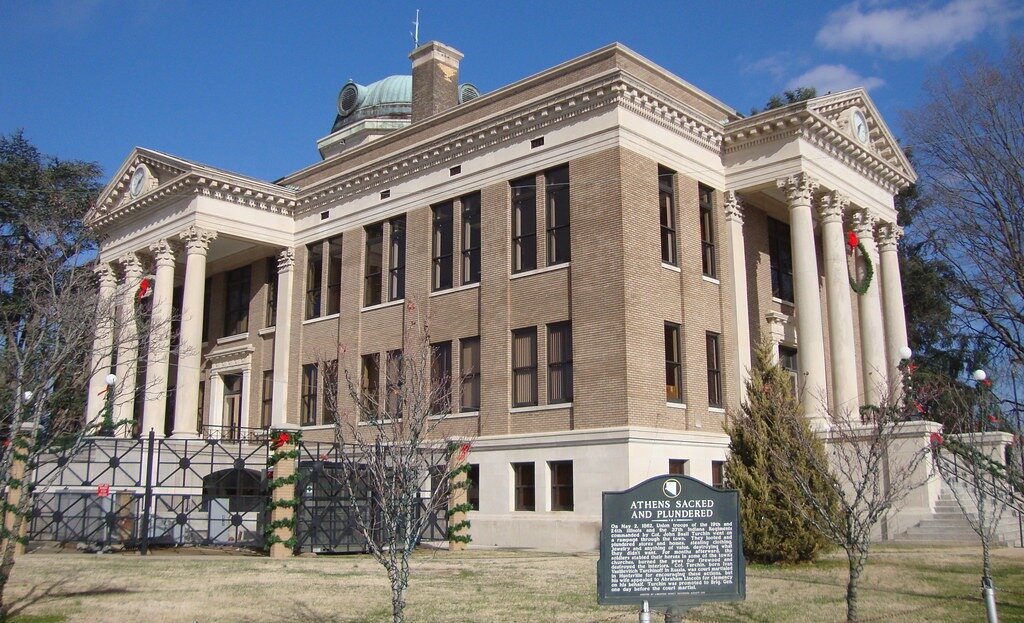
Athens is a small city located in the northern part of the state of Alabama, with a population of approximately more than 29,000 people. The city was founded in 1818 and played an important role in the Civil War, serving as a supply and transportation hub for Confederate forces. Today, Athens is known for its charming downtown area, which features a variety of unique shops, restaurants, and historic buildings.
Visitors can take a self-guided walking tour of the downtown area, which includes stops at the historic Athens State University, the Limestone County Courthouse, and the Beaty Historic District. Outdoor enthusiasts will appreciate Athens’ proximity to several parks and natural areas, including the Swan Creek Wildlife Management Area, the Wheeler National Wildlife Refuge, and the Athens Sportsplex.
Did You Know?
The city is also home to the Athens Scarecrow Trail, an annual event that features creative scarecrow displays throughout the downtown area.
2. Mobile
Year Founded: 1814
Land Area: 466.4 sq. km.
Elevation: 10 m
Population as of 2023: 335,000
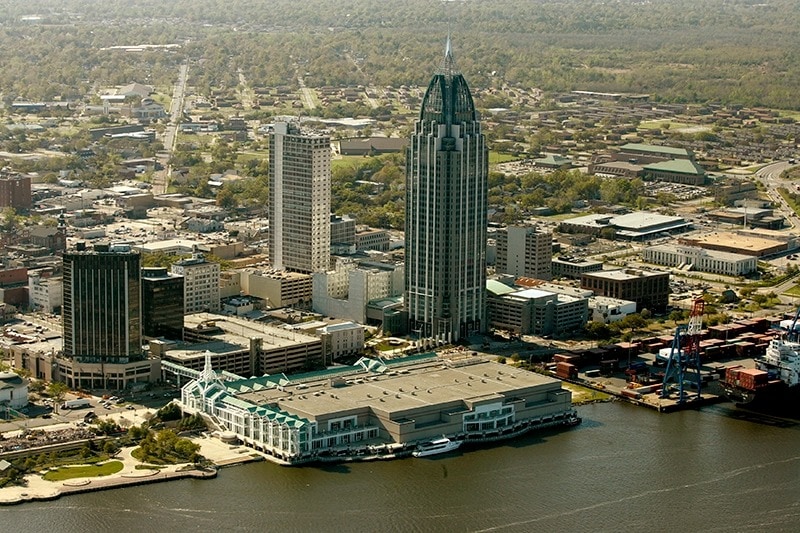
Mobile is a port city located on the Gulf Coast of Alabama, with a population of approximately 335,000 people. The city was founded by the French in 1702, making it one of the oldest cities in the United States. Over the years, Mobile has served as an important center of trade and commerce, particularly in the shipping of cotton and other agricultural products.
During the Civil War, Mobile played a key role in the Confederacy’s war efforts, serving as a major port and naval base. The city was heavily fortified, with a series of forts and batteries constructed to defend the city from Union forces. However, in 1864, Union forces captured the city, marking a significant turning point in the war.
Did You Know?
The city’s port continued to play a key role in the shipping of goods, particularly lumber, and coal. The discovery of oil in the Gulf of Mexico in the early 20th century further spurred the city’s growth and development.
1. Huntsville
Year Founded: 1811
Land Area: 571.9 sq. km.
Elevation: 177 m
Population as of 2023: 407,000
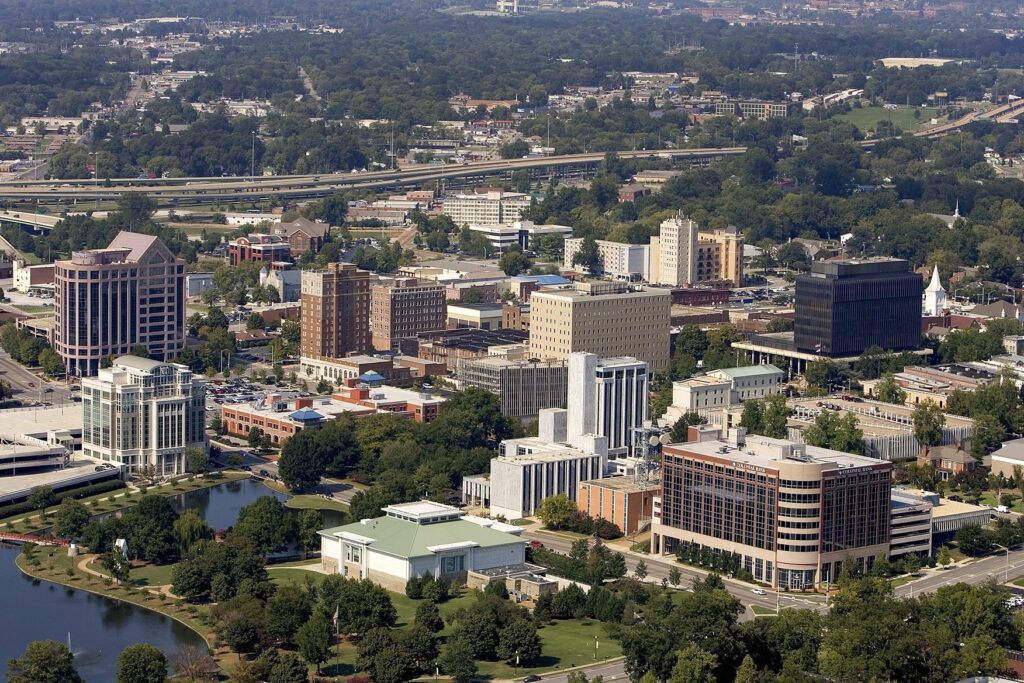
Huntsville is a city in northern Alabama that has a rich and varied history. The area that is now Huntsville was originally inhabited by several Native American tribes, including the Cherokee and the Chickasaw. The first European settlers arrived in the area in the early 19th century, and the city was officially incorporated in 1811, making it the oldest city in the state of Alabama. During the Civil War, Huntsville played an important role in the Confederacy’s war efforts.
The city was a major center of industry and transportation, and it was the site of several important battles and skirmishes. Following the war, Huntsville began to rebuild and grow, becoming a center of industry and commerce. In the 20th century, Huntsville became an important center of the US space program. NASA’s Marshall Space Flight Center was established in the city, and it played a key role in the development of the Saturn V rocket, which was used to send astronauts to the moon.
Did You Know?
Huntsville’s high-tech industries and research facilities continue to be a major driver of the city’s economy and growth.


